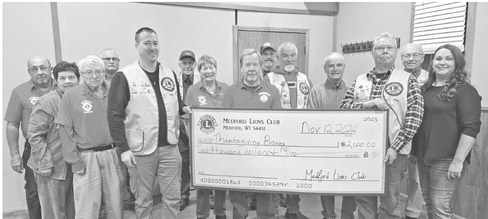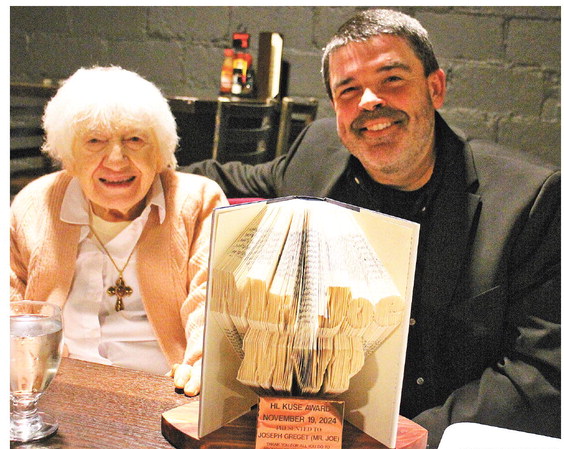Aspirus seeking to build hospital in Chippewa Falls


To help meet local health care needs, Aspirus Health is collaborating with Chippewa Falls officials to advance plans for the construction of a new local hospital.
“Since the March 2024 closure of HSHS hospitals in the Chippewa Valley, there has been an unmet need for emergency and inpatient hospital services,” said Matt Heywood, Aspirus Health President and Chief Executive Officer. “To help fill that gap, Aspirus expanded services and access in Stanley and Medford, which are located to the east of Chippewa Falls. After months of investigation and productive conversations with local officials, we have created a plan to build a facility where residents could access emergency care, inpatient hospital services and primary care.”
Based in Wausau, Aspirus has demonstrated expertise in providing health care in cities like Chippewa Falls. Driven by a team of 14,000 employees, Aspirus operates 18 hospitals and more than 130 outpatient locations across northern and central Wisconsin, as well as northeastern Minnesota and the Upper Peninsula of Michigan.
“Communities throughout our region have made clear just how much they value local access to emergency and hospital care,” said Jim Matheson, Aspirus Health Senior Vice President and Chief Strategy Officer. “Yet environmental and industry challenges make it very difficult for a hospital to succeed in an area like Chippewa Falls. Fortunately, Aspirus has a proven track record of success and we are confident in our strategy to sustain and grow services here.”
Partnering with Wisconsin-based civil engineering firm REI and architectural firm HGA, Aspirus has completed preliminary plans for a new hospital and clinic that could be open to the public in as little as 18 months, pending necessary approvals. Aspirus is working to secure a site with convenient access to Highway 29, as well as capacity for future growth and service expansion.
By partnering with communities to match services to evolving local needs Aspirus has been able to thrive within the challenging health care environment.
“In our rapidly changing world, we understand that we must advance new care models,” Heywood said. “Through thoughtful planning and collaboration, we look forward to meeting current local care needs and growing with the community for generations to come.”


